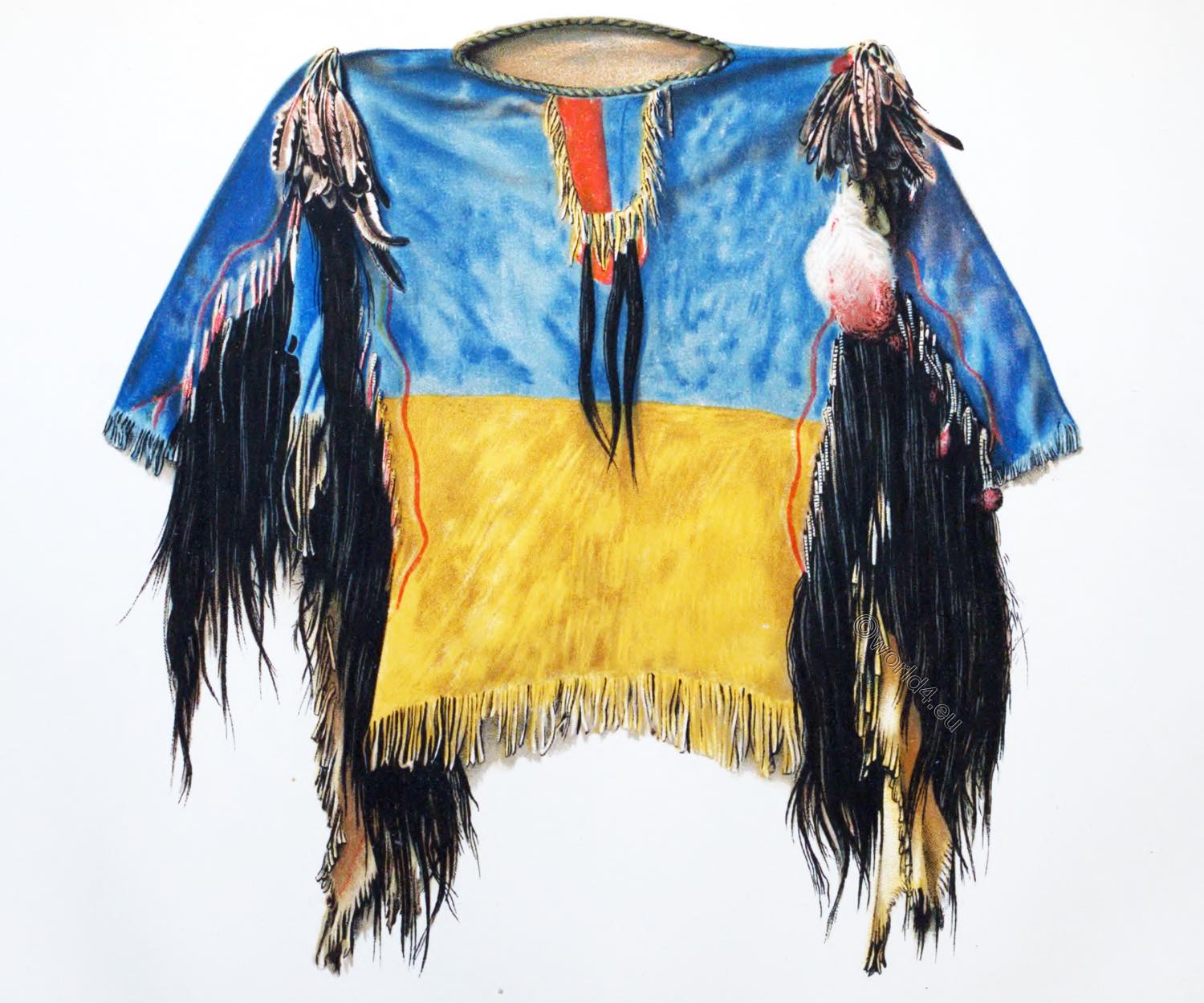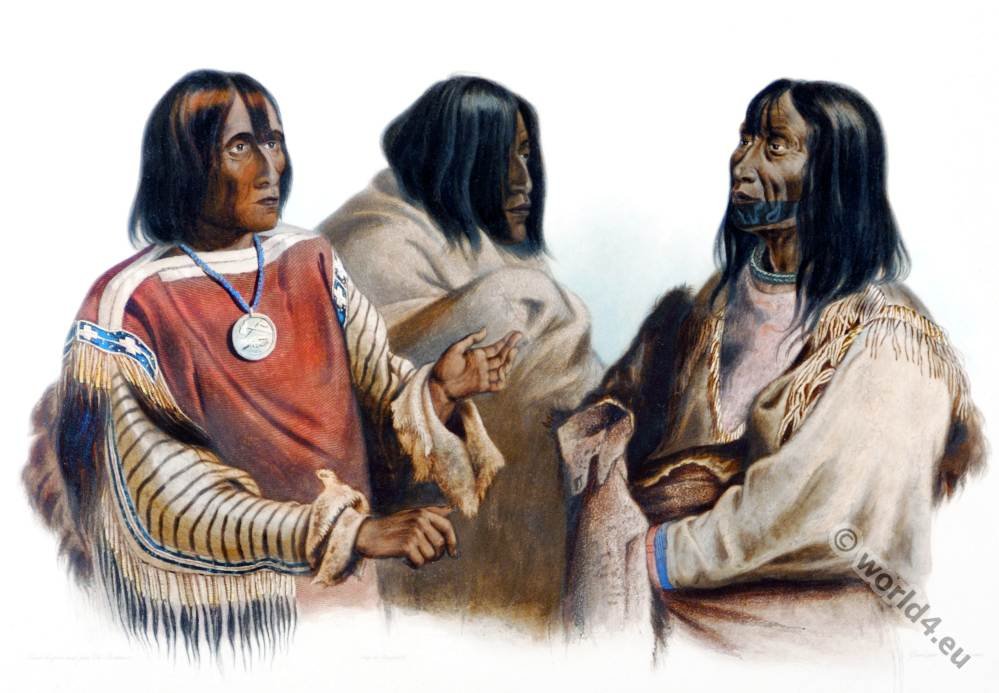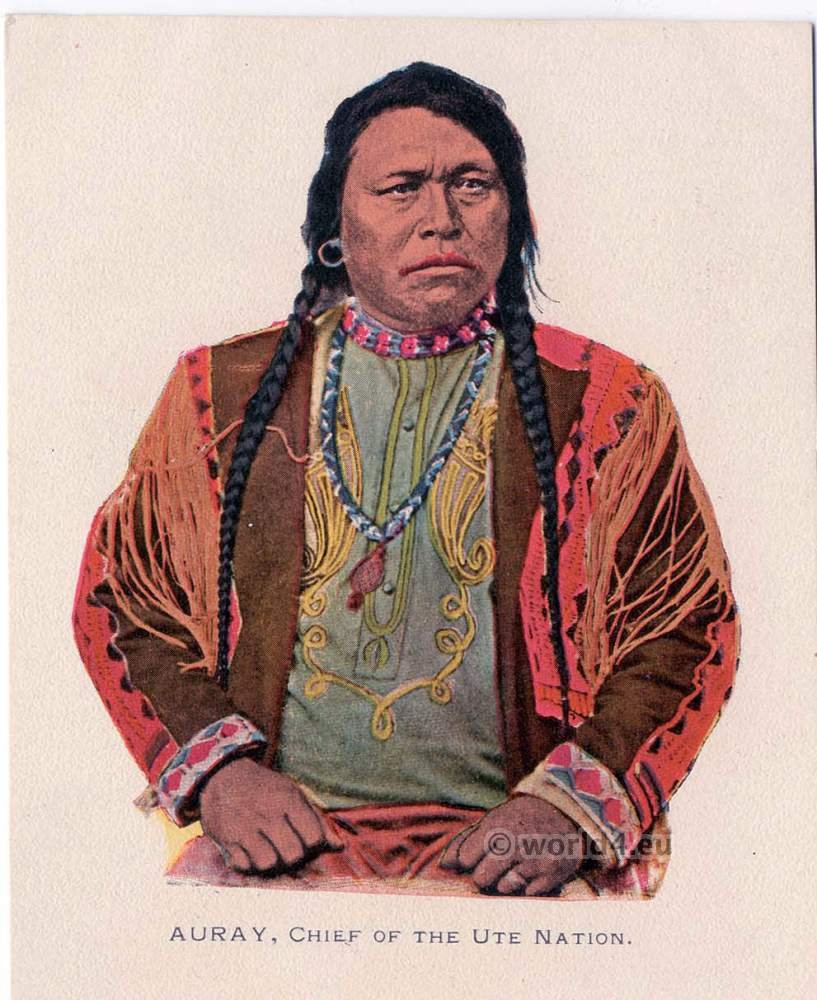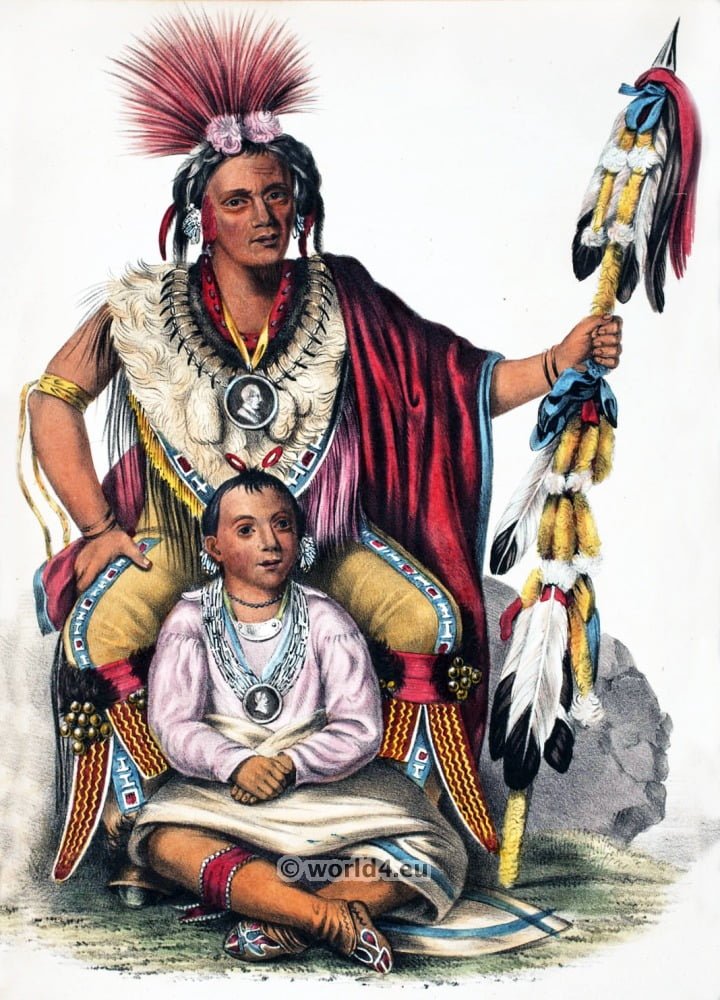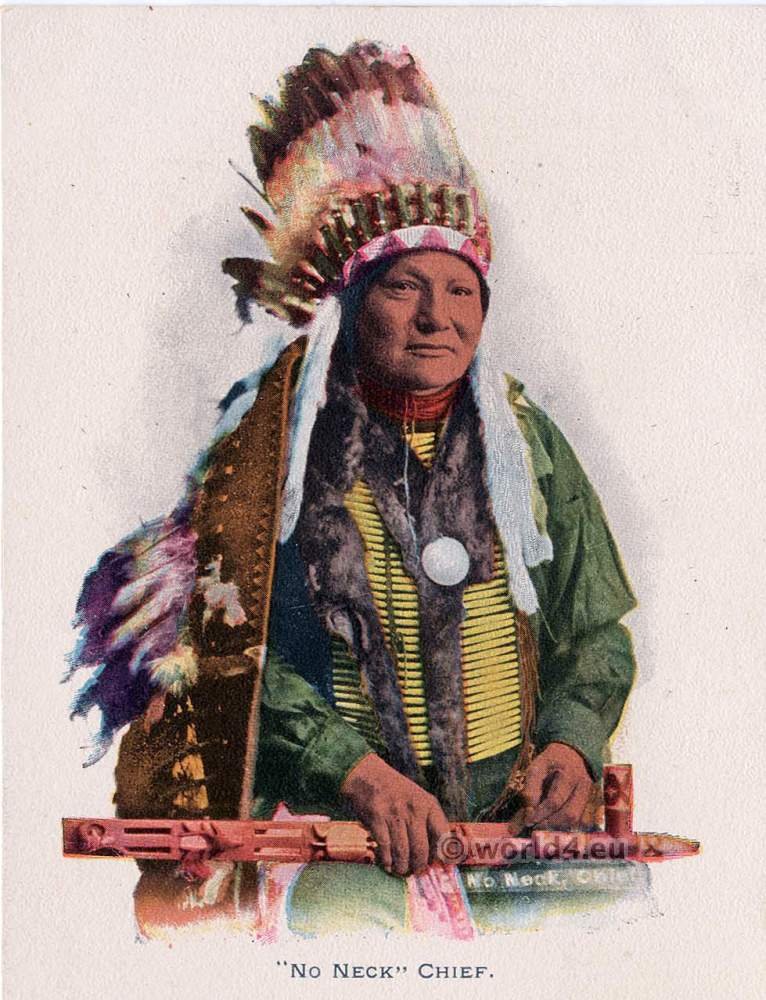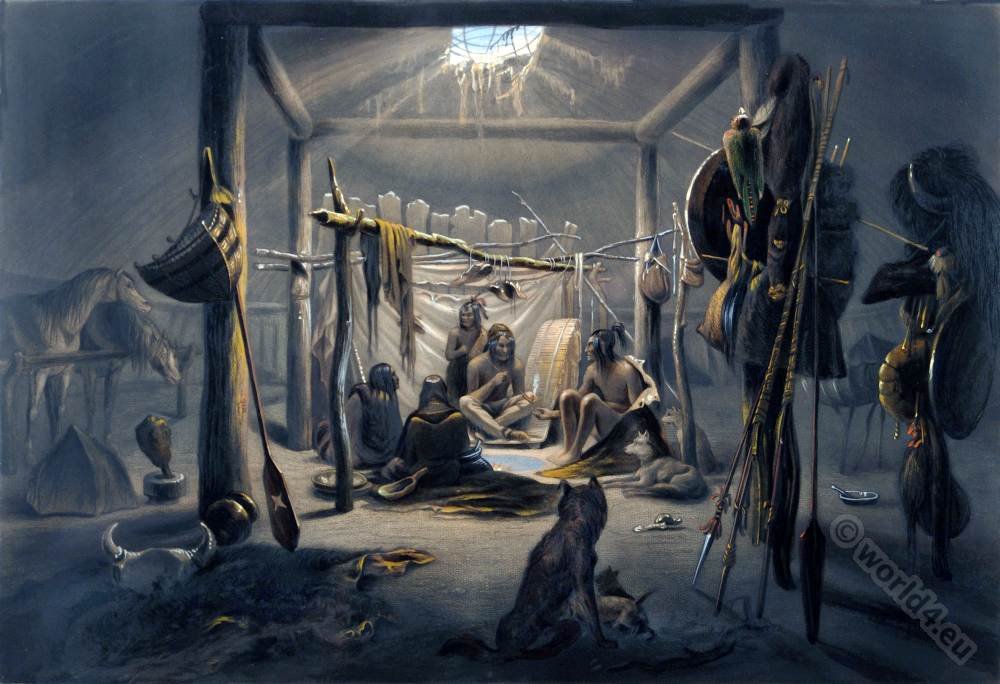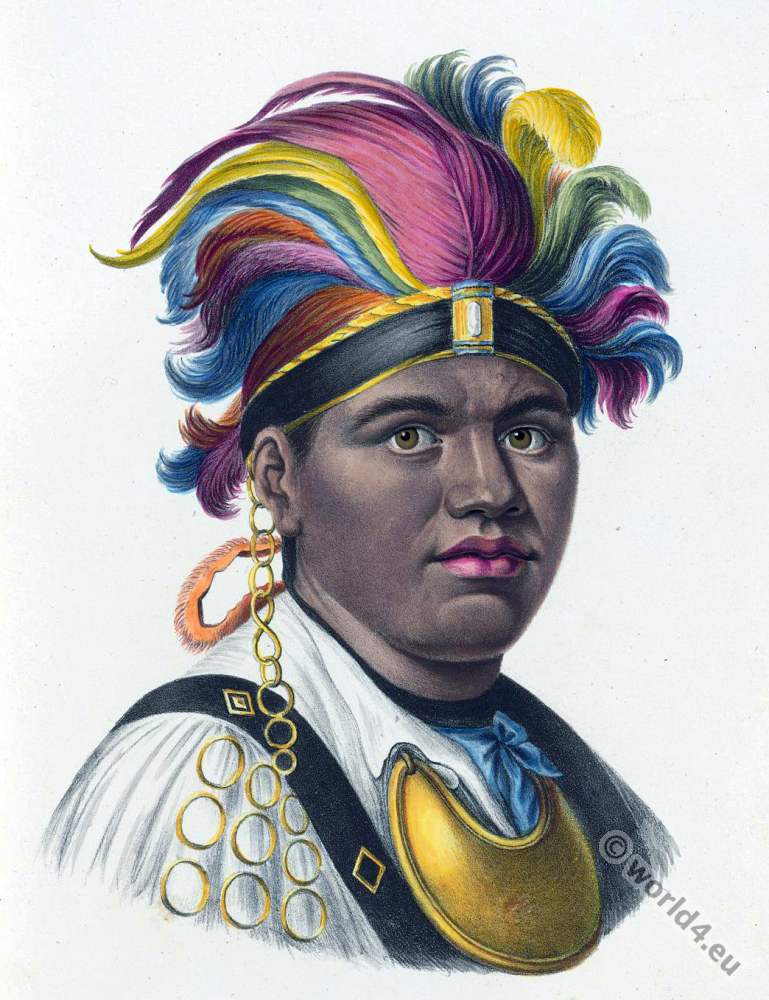
Tayadaneega Mohawk Indian chief.
Joseph Brant (also Brandt or Brand; * March 1742 as Thayendanegea on the Cuyahoga River, Ohio Country; † 24 August 1807 on the Indian Reservation on the Grand River, Upper Canada) was a Mohawk leader during the American War of Independence.
On 29 May 1972, the Canadian government, represented by the Minister responsible for the Historic Sites and Monuments Board of Canada, honoured Thayendanega and declared him a “Person of National Historic Significance”.
Brant was born in 1742 as the son of a Mohawk chief on the banks of the Cuyahoga River and was given the name Thayendanegea (roughly: “Place two bets”, “Bet on two sides”). As a youth he became an interpreter for the Anglican missionary John Stuart, with whom he translated the Gospel of Mark into the Mohawk language. His sister Mary Brant married General William Johnson, the British Superintendent of Indian Affairs, with whom Brant had fought in the French and Indian Wars.
During the struggle for American independence, he led the remaining four of the Six Nations that supported the British and became a captain in the British Army. He was defeated by General John Sullivan in 1779. After the war, he was unable to obtain land guarantees for the Indians from the newly created American government.
Instead, the British gave him land for a Mohawk reservation on the Grand River in Ontario. He worked as a missionary to the other Indians, built the first Anglican church in Ontario and translated the Anglican Catechism and the Gospel of Mark into the Mohawk language. He died on the reserve, in what is now Ontario, Canada.
The town of Brantford stands partly on his land and is named after him, and the town of Burlington (Ontario) was deeded to him.
Joseph Brant was admitted as a Freemason at Cliftonian Lodge in London in April 1776. He received his Masonic apron from the hand of King George III.
Source: Natural History and pictures of the mammals by Heinrich Rudolf Schinz, Zurich, 1824. Drawn by Karl Joseph Brodtmann. Original: Naturgeschichte und Abbildungen der Säugetiere von Heinrich Rudolf Schinz, Zürich, 1824. Gezeichnet von Karl Joseph Brodtmann.
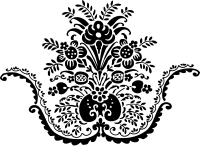
Related
- Tyrolean national costumes 1835.
- Souvenir de L’Exposition Universelle de Vienne.
- Costumes of Japan and Java.
- Historical Asia costumes by Auguste Wahlen.
- Costumes of all countries by Alexandre Lacauchie 1850s.
- Historical and folk costumes by Franz Lipperheide.
- The costume of Turkey. Ottoman Empire 18th century.
- Traditional Dutch national costumes.
- Traditional French national costumes.
- The Switzerland national costumes of 17th – 19th century originals.
- Folk dresses from Norway, Dutch, Germany and Hungaria.
- Mexico by Carl Nebel 1836.
- Provincial Russia. Costume and Culture.
- Costume of the Russian empire by Edward Harding.
- Serbian national costumes by Vladimir Kirin.
- Historical European costumes by Auguste Wahlen.
- The Highlanders of Scotland, 1870.
- Costumes and scenery of Afghanistan.
- Views of Darjeeling: With typical native portraits and groups.
- Africa, the landscape and the people 1931.
- Historical costumes from Africa, America and Oceania.
- Traditional folk costumes of Italy and France in 1821.
- The Serbs in the Adriatic. Their types and costumes 1870-1878.
Discover more from World4 Costume Culture History
Subscribe to get the latest posts sent to your email.

